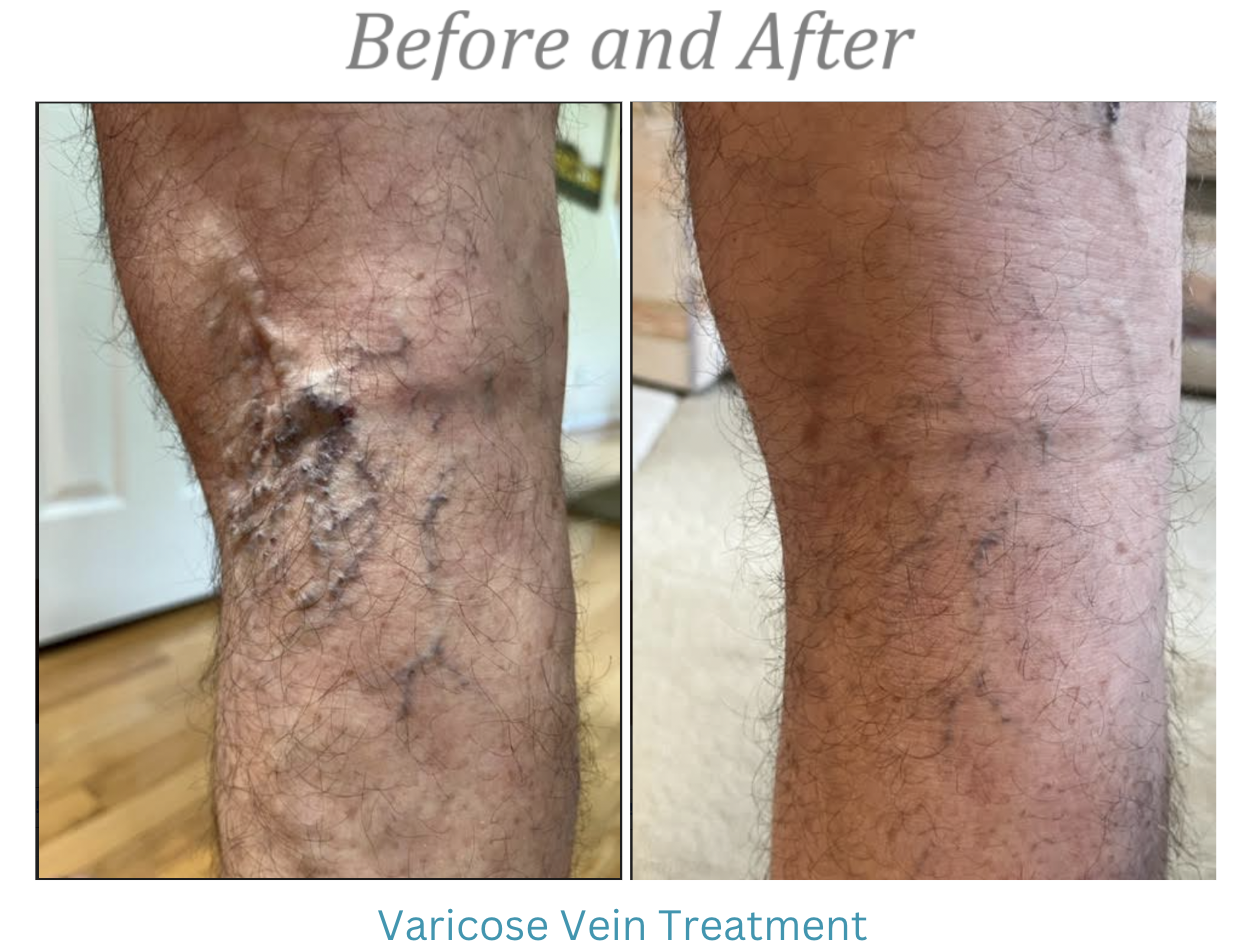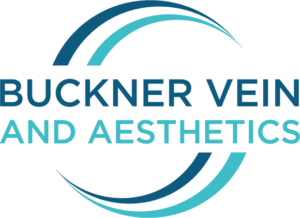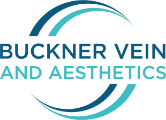Effective Vein Treatment Eldersburg: Find Relief and Restore Confidence Without Surgery
Varicose veins and chronic leg discomfort are more than just one of life’s little nuisances - they’re painful, frustrating and can interfere with your daily life.
If you’ve been suffering from leg swelling, heaviness, cramping or visible bulging veins, and you’ve been putting off going to the doctor, you’re not alone. They look and feel like minor issues, but left untreated, these symptoms can worsen and even lead to serious complications like blood clots or skin ulcers.
Here’s the good news: advanced, non-surgical vein treatment is available right here in Eldersburg.
At Buckner Vein and Aesthetics, we specialize in helping you feel better, look better and move through life more comfortably - with leading-edge vein treatment Eldersburg personalized to your needs.

Why Eldersburg Patients Trust Buckner Vein & Aesthetics
Conveniently located in the Eldersburg Crossing Shopping Center, our vein clinic is led by Dr. Scott Buckner, a board-certified Interventional Radiologist dedicated to vein health and personalized patient care.
Here’s what sets us apart:





- Dr. Scott Buckner
Take the First Step Toward Healthier Legs
If you’re searching for the best vein treatment in Eldersburg, look no further than Buckner Vein and Aesthetics.
We combine advanced technology with compassionate care to help you get back to living without leg pain or unsightly veins in no time!

Before & After photos are of Actual Buckner Vein and Aesthetics Patients.

